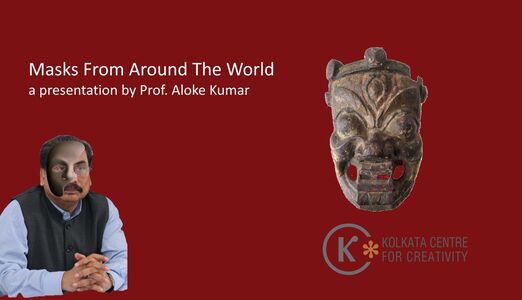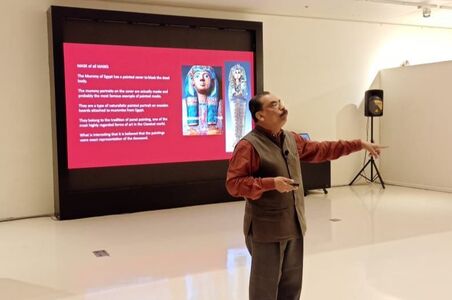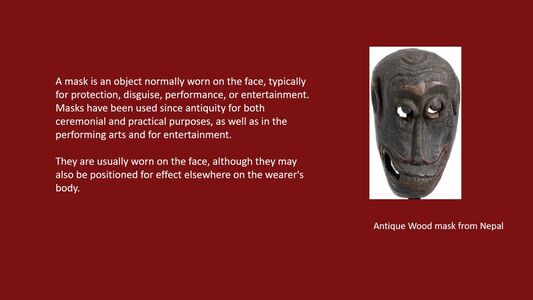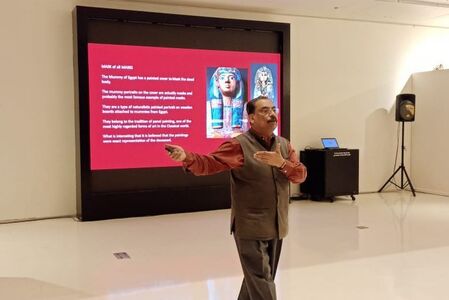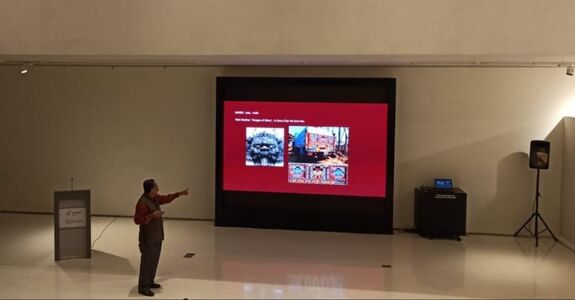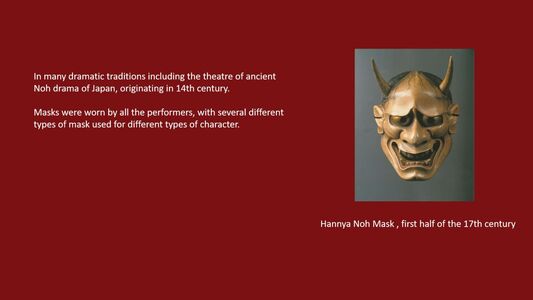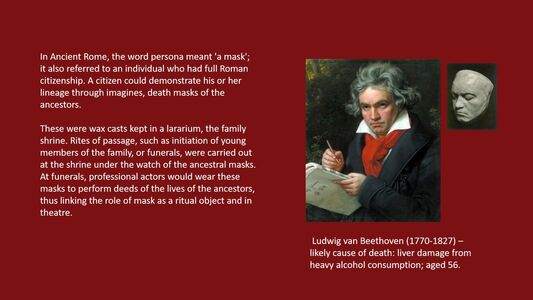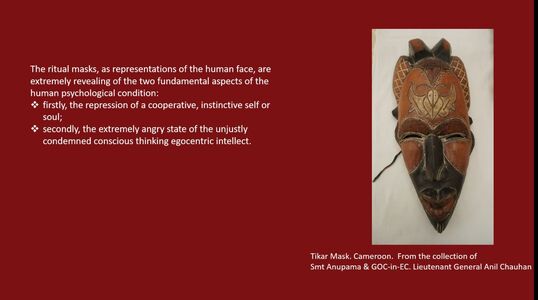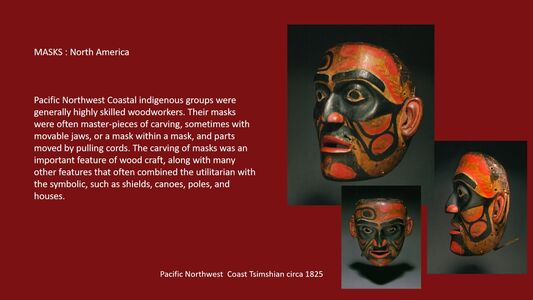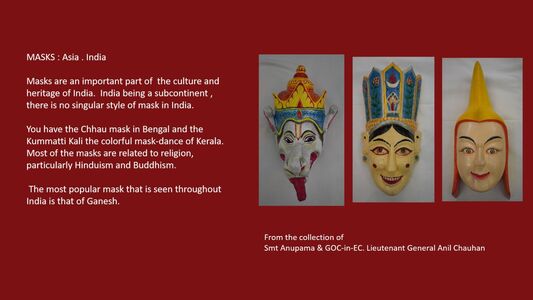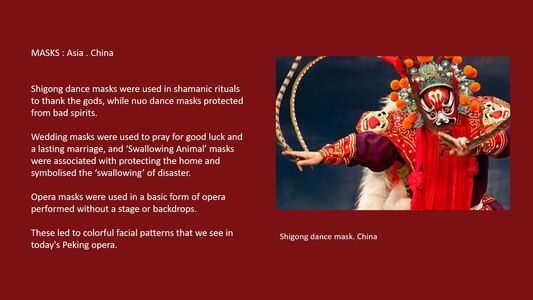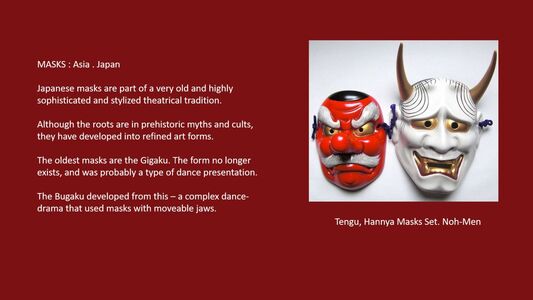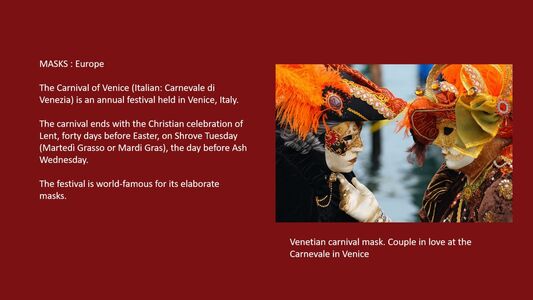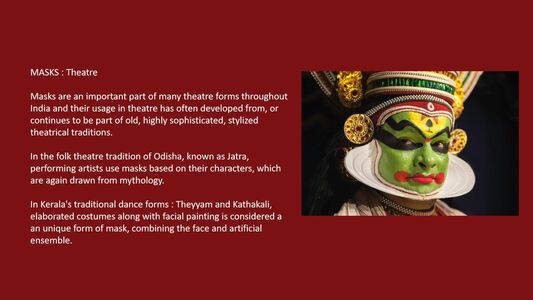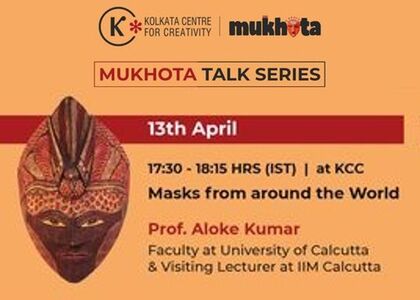Kolkata Centre of Creativity. 13t, April 2021
Masks have suddenly become important due to the pandemic and its relevance to people, place and culture is very much understood than any other time.
Masks tells a story of the people place and Culture. Every Masks is distinctive and has a hallmark of a particular race, place and culture. It tells us how they would like to be seen. A reflection of their own self. The way the Mask is crafted tells us about the place from where it originates as materials specific to the place is used. And most importantly it is a narrative of their culture.
The Chhau mask is a traditional cultural heritage of Purulia in the Indian state of West Bengal. The Chhau mask is traditionally associated with the age-old dance forms in Purulia district which forms the lowest step of the Chota Nagpur Plateau. The general scenario is undulating land with scattered hills. Human-elephant conflict has been a major issue for managing wild elephant population. The Chhau Mask a part of the Chhau dance is a tribal dance to wade of the elephants from human habitat. That is why the dance choreography is so full of action: leaping up in the air.
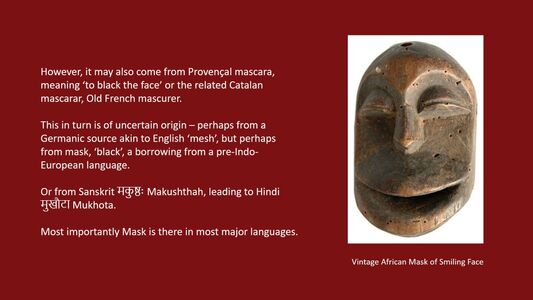
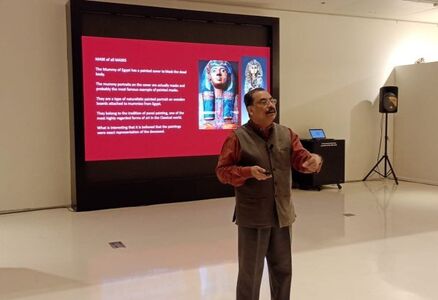
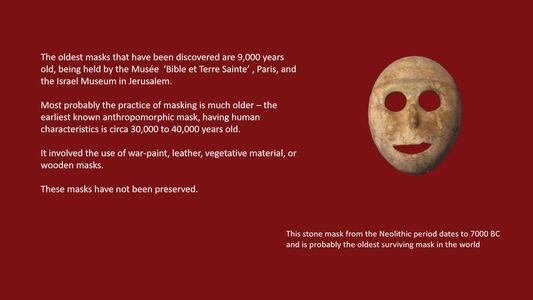
Masks are primarily associated with ceremonies that have religious and social significance or are concerned with funerary customs, fertility rites, or the curing of diseases. Masks are used on festive occasions or to portray characters in a dramatic performance and in re-enactments of mythological events.
Masks representing potentially harmful spirits were often used to keep a required balance of power or a traditional relationship of inherited positions within a culture. The forms of these masks invariably were prescribed by tradition, as were their uses. This type of mask was often associated with secret societies, especially in Africa, where the greatest range of types and functions can be found. They were also widely used among Oceanic peoples of the South Pacific and among American Indians.
Masks have served an important role as a means of discipline and have been used to admonish. Common in China, Africa and North America, admonitory masks usually completely cover the features of the wearer.
In many cultures throughout the world, a judge wore a mask to protect him from future backlash. In this instance, the mask represents a traditionally sanctioned role who assumes responsibility for the decision levied on the culprit.
Rituals, often nocturnal, by members of secret societies wearing ancestor masks are reminders of the ancient sanction of their conduct. Along the Guinea coast of West Africa, for instance, many highly realistic masks represent ancestors who enjoyed specific cultural roles; the masks symbolize sanction and control when donned by the wearer. Among peoples of Liberia ancestor masks with generic features act as intermediaries for the transmission of petitions or offerings of respect to the gods. These traditional ancestral emissaries exert by their spirit power a social control for the community.
Among nonliterate peoples who cannot record their own histories, masked rituals act as an important link between past and present, giving a sense of historic continuity that strengthens their social bond. On these occasions, masks usually recognizable as dead chieftains, relatives, friends, or even foes are worn or exhibited. Gifts are made to the spirits incarnated in the masks, while in other instances dancers wearing stylized mourning masks perform the prescribed ceremony.
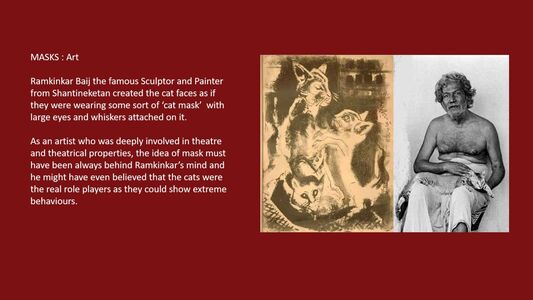
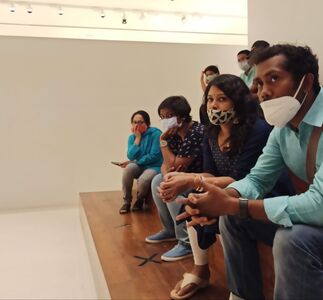
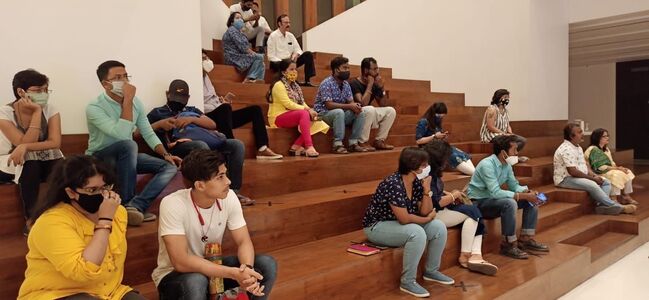
Members of secret societies usually conduct the rituals of initiation, a time during which young people are instructed in their future roles as adults and are acquainted with the rules controlling the social stability of the group. Totem and spiritualistic masks are donned by the elders at these ceremonies. Sometimes the masks used are reserved only for initiations. Among the most impressive of the initiation masks are the exquisitely carved human faces of west-coast African peoples. In western and central Democratic Republic of the Congo, large colourful helmet like masks are used as a masquerading device when the youth emerges from the initiation area and is introduced to the villagers as an adult of the tribe. After a lengthy ordeal of teaching and initiation rites, for instance, a Pende youth appears in a distinctive colourful mask indicative of his new role as an adult. The mask is later cast aside and replaced by a small ivory duplicate, worn as a charm against misfortune and as a symbol of manhood.
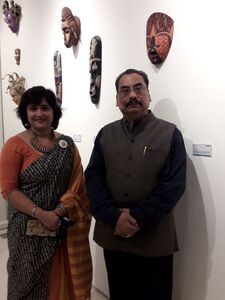
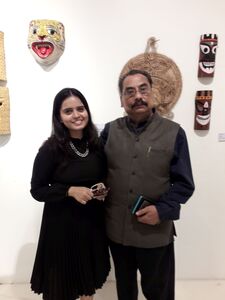
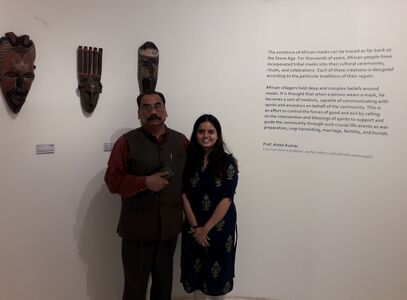
High priests and healers, or shamans, frequently had their own powerful totems, in whose masks they could exorcise evil spirits, punish enemies, locate game or fish, predict the weather, and, most importantly, cure disease.
The Northwest Coast Indians in particular devised mechanical masks with movable parts to reveal a second face—generally a human image. Believing that the human spirit could take animal form and vice versa, the makers of these masks fused human and bird or other animal into one mask. Some of these articulating masks acted out entire legends as their parts moved.
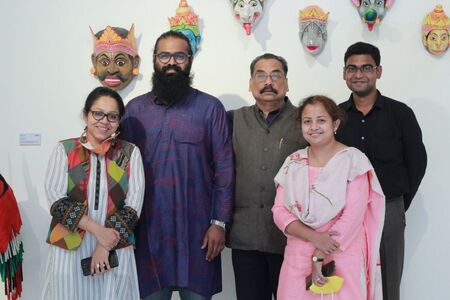
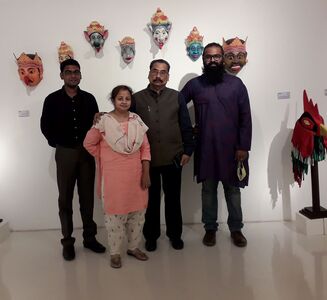
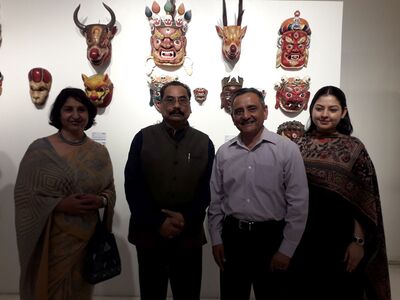
In cultures in which burial customs are important masks have often been used in ceremonies associated with the dead and departing spirits. Funerary masks were frequently used to cover the face of the deceased. Generally their purpose was to represent the features of the deceased, both to honour them and to establish a relationship through the mask with the spirit world. Sometimes they were used to force the spirit of the newly dead to depart for the spirit world.
The exhibition currently put up has great significance. In one line: It is a Face to Face with the extraordinary complexity of our own being. Visitors to the exhibition will come face to face with many truths from the past that has been revised with present knowledge. That is important. Civility is crucial to all our interactions, from face-to-face to the ever-changing global digital frontier. To be able to experience first-hand is reality and an exponential experience. Actually , such exhibition brings us face to face with Life, Love and Death. Because nothing in fact is more important. To occupy oneself with. To think of. To worry over. To be happy about. Such exhibitions are important as all of us are awre of Masks and more so today but the different kinds of Masks across the world is relevant. Out of sight, out of mind, right? The saying is just a temporary fix—until you’re forced to come face to face. That’s when the mental walls you’ve built to hide behind come crashing down in one hard blow. And face-to-face interaction is vital: a walk through the gallery looking at the exhibits--anything in person so that two sets of eyes can gaze upon the object on display and you can reach out in a warm embrace, exchanging energy.

